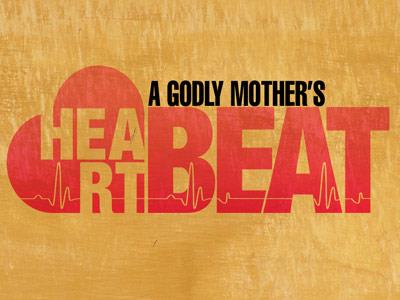-
Portrait Of A Servant (Part 2) Series
Contributed by David Owens on Aug 26, 2024 (message contributor)
Summary: In the beatitudes, Jesus painted a portrait of a servant leaving us a clear picture of the heart attributes and actions that will enable us to be a servant like Jesus.
Introduction:
A. How many of you have been to an art museum? Most, if not all of us, right?
1. When you visit an art museum, do you run through the gallery, or should you walk slowly and thoughtfully?
2. To really appreciate art, you have to take your time and contemplate the masterpieces.
3. For example, let’s consider Leonardo De Vinci’s famous painting called the Mona Lisa.
a. Every year about 6 million people visit the Louvre in Paris to see this famous portrait.
b. Over the years, many questions arose over the identity of this woman in the portrait.
c. Other questions have surrounded the woman’s smile: “Why was she smiling and why was she smiling that way? What was making her happy and contented? Did she have a secret?
4. Charles Swindoll, in his book, Improving Your Serve, writes: “In the gallery of His priceless works, the Lord God has included a portrait of vast value. It is the portrait of a servant carefully painted in words that take time to understand and appreciate. The frame in which the portrait has been placed is Jesus Christ’s immortal Sermon on the Mount.”
a. Last week, we studied a portion of the portrait, but today we are returning for another look.
b. Today, as we examine the portrait, I hope we will be able to see more that will help us become the kind of servant that Jesus has portrayed.
B. In Jesus’ word-portrait of a servant, He emphasized eight characteristics or qualities. Let’s read them again: (Matthew 5:3-10)
Blessed are the poor in spirit, for theirs is the kingdom of heaven.
Blessed are those who mourn, for they will be comforted.
Blessed are the meek, for they will inherit the earth.
Blessed are those who hunger and thirst for righteousness, for they will be filled.
Blessed are the merciful, for they will be shown mercy.
Blessed are the pure in heart, for they will see God.
Blessed are the peacemakers, for they will be called sons of God.
Blessed are those who are persecuted because of righteousness, for theirs is the kingdom of heaven.
1. Last Sunday, we examined the first four, and today we want to examine the second four.
I. A Servant is Merciful
A. In the 5th Beatitude, Jesus declared “Blessed are the merciful, for they will be shown mercy.”
1. Notice that mercy isn’t something we can do by ourselves or to ourselves.
2. Mercy requires an interaction with someone else who will be the recipient of our mercy.
B. But what is mercy?
1. According to Vine’s Expository Dictionary, it is “the outward manifestation of pity; it assumes need on the part of him who receives it, and resources adequate to meet the need on the part of him who shows it.”
2. Another defined it as “a holy compassion of soul, whereby one is moved to pity, and go to the relief of another in misery.” (Arthur Pink)
3. When we hear these definitions and we hear Jesus’ command to be merciful, we may be tempted to try to interpret mercy in ways that don’t require us to offer any.
4. We want to reduce mercy to something manageable and something safe.
C. One way to do that is to make mercy synonymous with forgiveness.
1. If we do that then we only need to show mercy when someone does something to harm us and asks for forgiveness.
2. This permits us to remain aloof from others who might be in need.
D. Another way we try to make mercy more manageable is to keep it in the realm of feelings.
1. Feeling compassion for someone is not the sum total of mercy.
2. Mercy is more than being moved with compassion. Certainly it may begin with a feeling, but then it must move forth in tangible, helpful actions.
3. In the book of James we learn that faith without deeds is dead, but so is mercy without deeds.
4. James says, “Suppose a brother or sister is without clothes and daily food. If one of you says to him, ‘Go I wish you well; keep warm and well fed,’ but does nothing about his physical needs, what good is it?” (James 2:15-16)
5. Where there is no compassionate activity, there has been no true mercy, right?
E. Last week, we spent a few minutes talking about the Parable of the Good Samaritan and how it is a good example of someone showing compassion.
1. When Jesus painted this portrait of a servant that includes mercy in action, Jesus shows us the three things required for us to show mercy.
2. First, mercy requires eyes that see.
a. All three men saw the man in the ditch. But, there is seeing and there is real seeing.

 Sermon Central
Sermon Central



